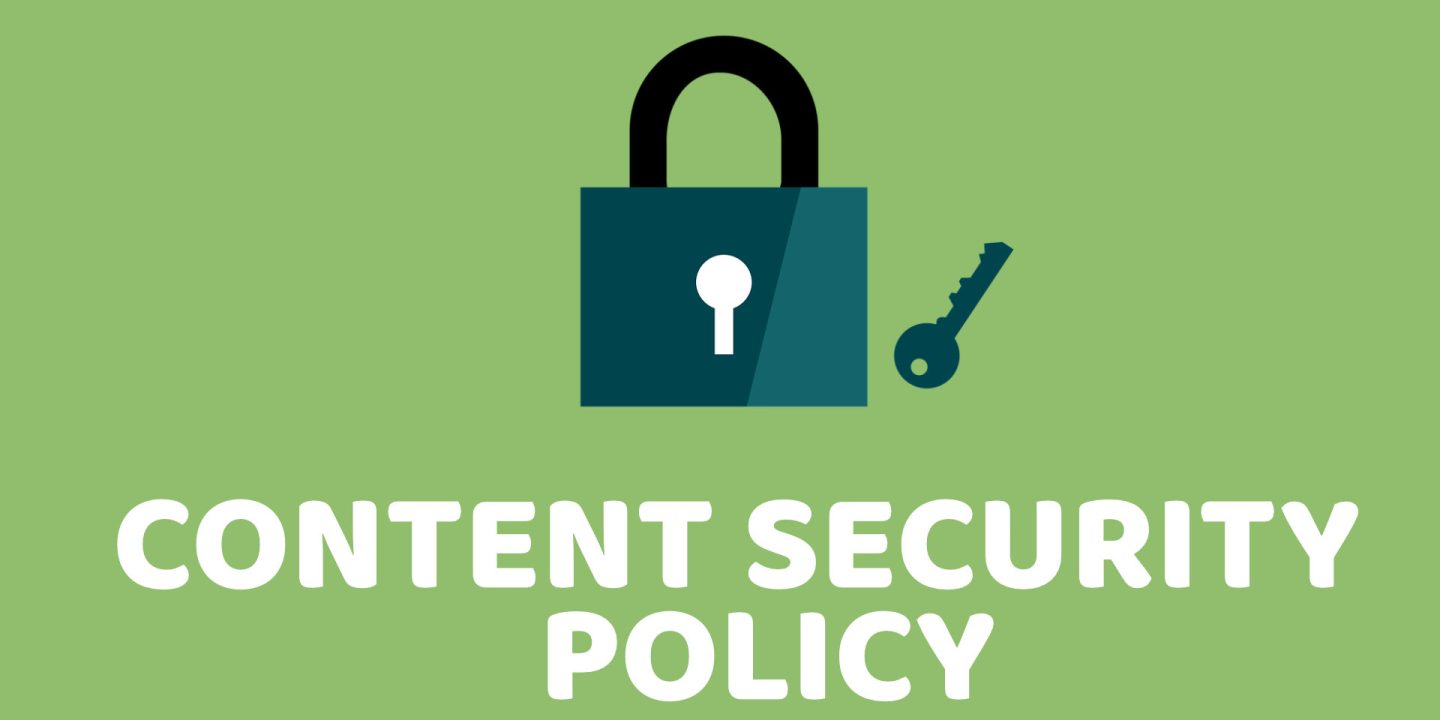
In an interconnected world where websites serve as gateways to information and services, ensuring the integrity and confidentiality of user data is of utmost importance. Content Security Policy provides a robust defense mechanism against cross-site scripting (XSS) attacks, code injection, and other malicious activities. By defining and enforcing a set of rules, CSP helps you maintain control over the content that can be loaded and executed on your web pages.
Understanding Content Security Policy
Content Security Policy, often abbreviated as CSP, is a security standard that enables web developers to declare the trusted sources from which various types of content can be loaded. These sources include scripts, stylesheets, images, fonts, and more. By specifying the approved sources, CSP helps prevent unauthorized code execution and mitigates the risk of XSS attacks, data exfiltration, and other web-based threats.
The Importance of Content Security Policy
Implementing Content Security Policy brings several significant benefits to your website’s security posture:
- Mitigating Cross-Site Scripting (XSS) Attacks: XSS attacks involve injecting malicious scripts into web pages, which can lead to unauthorized data access, cookie theft, and other malicious activities. CSP helps mitigate the risk of XSS attacks by blocking the execution of untrusted scripts.
- Preventing Code Injection: By specifying the trusted sources for loading scripts, CSS, and other content, CSP helps prevent code injection attacks. This ensures that only verified and legitimate code is executed on your web pages.
- Enhancing Data Integrity: Content Security Policy allows you to define the allowed sources for fetching resources such as images and fonts. This prevents potential data tampering or substitution, ensuring the integrity of your website’s content.
- Protecting User Privacy: With CSP, you can control which external domains are allowed to collect user data through forms or other mechanisms. By limiting data sharing to trusted sources, you can safeguard user privacy and prevent data leakage.
- Strengthening Overall Security: By implementing CSP, you add an additional layer of defense to your website’s security architecture. This helps in building trust with your users, fostering a safe browsing experience, and protecting your brand reputation.
Implementing Content Security Policy
Now that we understand the significance of Content Security Policy, let’s explore how to implement it effectively:
- Define your Policy: Begin by formulating a comprehensive CSP policy that aligns with your website’s security requirements. Consider the specific content types (scripts, stylesheets, images, etc.) and external domains that your website relies on. It’s essential to strike a balance between security and functionality to ensure a seamless user experience.
- Specify Allowed Sources: Use the
Content-Security-PolicyHTTP header or the<meta>tag to declare the trusted sources from which content can be loaded. Be explicit in specifying the allowed domains, using directives such asdefault-src,script-src,style-src, and others. Remember to include aselfkeyword to allow content from your own domain. - Utilize Nonce or Hashes: For inline scripts or styles that must be allowed, consider using nonces or hashes. Nonces are unique tokens generated per request, while hashes are cryptographic representations of the content. By associating a nonce or hash with a specific inline script or style, you limit the risk of unauthorized code execution.
- Report and Monitor Violations: Implement reporting mechanisms, such as the
report-uridirective, to receive violation reports when CSP rules are breached. Regularly monitor these reports to identify potential issues and adjust your policy accordingly.
Frequently Asked Questions (FAQs)
FAQ 1: What happens if a resource violates the Content Security Policy?
When a resource violates the Content Security Policy, the default behavior depends on the policy directives you’ve specified. You can choose to block the resource entirely, block it and report the violation, or simply report the violation without blocking. These options give you flexibility in handling policy violations while maintaining website functionality.
FAQ 2: Can CSP protect against all types of attacks?
While Content Security Policy is a powerful security measure, it is not a silver bullet that can prevent all types of attacks. CSP primarily focuses on mitigating XSS attacks and code injection vulnerabilities. It is essential to implement other security measures, such as input validation and secure coding practices, to ensure comprehensive protection against various threats.
FAQ 3: Does implementing CSP impact website performance?
The impact on website performance largely depends on how CSP is implemented. When initially configuring CSP, it may require additional effort to fine-tune the policy to minimize false positives and false negatives. However, the long-term benefits of enhanced security far outweigh any minor performance impact.
FAQ 4: Can CSP protect against all versions of XSS attacks?
While CSP provides significant protection against many types of XSS attacks, it may not defend against more advanced and sophisticated attack vectors. As new attack techniques emerge, it is crucial to stay informed about the latest security best practices and regularly update your CSP policy to adapt to evolving threats.
FAQ 5: Is Content Security Policy compatible with all web browsers?
Content Security Policy is widely supported by modern web browsers, including Chrome, Firefox, Safari, and Edge. However, some older browser versions may have limited or partial support. To ensure optimal compatibility, it is recommended to test your CSP implementation across different browsers and versions.
Conclusion
Content Security Policy is an essential security measure that helps protect your website and its users from various web-based threats. By defining a comprehensive policy and explicitly specifying trusted sources for content loading, you can mitigate the risk of XSS attacks, code injection, and data exfiltration. Implementing CSP demonstrates your commitment to providing a secure browsing experience and safeguarding user data. Stay proactive, adhere to best practices, and leverage the power of Content Security Policy to fortify your online presence in today’s evolving digital landscape.







